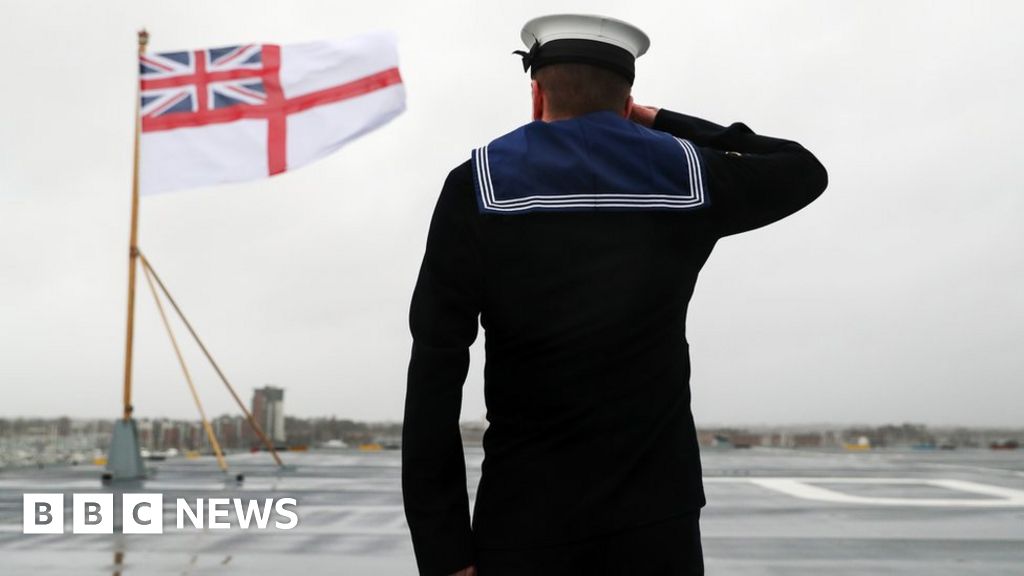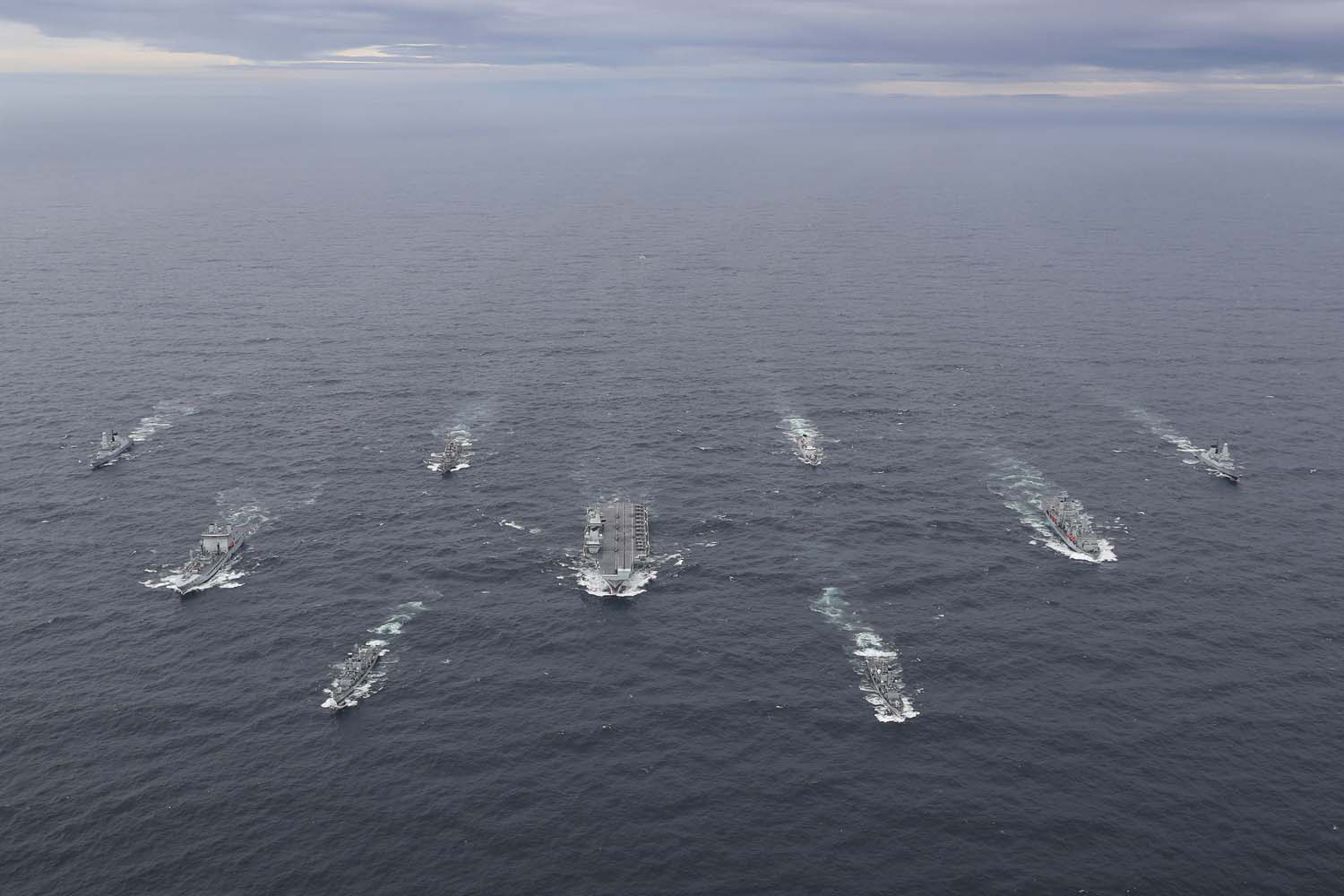I've just joined the forum, but been reading the posts as a casual observer for sometime. There is some logic in the UK’s recent move to introduce MRSS/LSS ships.
The RM have decided to return to their WWII roots, primary focus being on strategic raiding. They recently tested the theory against the USMC and the results and feedback was very encouraging. This change of direction is partially driven by the need to focus on peer-to-peer conflict. The RN/RM leadership know all too well, China, and to a lesser degree Russia, have the ability, means and intent to target amphibious ready groups hundreds of kilometres offshore, way before they reach the disembarkation point for embarked LCs, LCACs and lift. This growing clear and present danger has forced a change in thinking from delivering a concentrated heavy punch against a narrow beachhead (vulnerable to sea/area denial weapons) to one built around strategic raiding operations spread across a wide front deployed from dispersed assets. This change in doctrine will be supported by a marked increase in AI and autonomous system use to deliver pain from afar and a bigger bang for your buck. The concept doesn’t stop the Future Commando Force integrating with a traditional USMC ARG ‘full pedal to metal’ beach assault. They would simply look to deploy in advance (alongside MARSOC) or go for high value targets behind the lines or on the beachhead flanks (as they once did in the Med, Aegean and Normandy D-Day campaigns in WWII).
From what I understand the plan is to forward deploy a T32 + Multi Role Support Ships / Littoral Strike Ship (final designation of new vessel TBD) + Commando element in Gib, Oman and APAC (Singapore or Brunei). The embarked Commando’s would deploy covertly by raiding craft or helicopter and then leverage of future AI to disrupt and deny. The T32 will provide force protection and act as a mothership hosting additional autonomous systems not carried by the littoral ship. Again, back to their Commando roots, sneak ashore, rather than kick the door in with a loud bang. The difference between this new approach and say the SBS role, is the Commando’s will look to infiltrate in larger numbers with heavier support weapons (mortars, Extractor NLOS, MANPADS, Switchblade 300 (recent purchase)). Similar to the SFSG role (1 Para++), but in a littoral setting.
The decision to buy up to six littoral ships over say two Canberra/Mistral Classes is about quantity/cost and sits well with the decision to forward deploy assets for the long haul, not just on annual fly the flag cruises/exercises with allies. The other reason is vessel loss impact; losing one of six available hulls is less impactful on operational planning & tempo than losing one of say just two available hulls (quantity over quality does make sense sometimes). We all know the UK can’t afford six Canberra/Mistral Classes, nor can they crew them, so the RN is opting for six less sophisticated platforms that will nevertheless be a step-up from a converted merchant ship and be capable of providing a persistent global presence (crew rotation model). The added bonus of being forward deployed is these versatile packets will be available at much shorter notice for humanitarian work and anti-piracy/terrorism missions, so plenty of soft power diplomacy and grey area missions against asymmetrical threats. If you look at the deteriorating situation in both West and East Africa for example, these forward deployed maritime assets could be kept very busy (Gulf of Guinea or positioned off Mozambique) working hand in glove with one of the new forward deployed Ranger Battalions posted out to the upgraded BATUK facility in Kenya. For the first time since the 70’s, joining the RM/RN/Army will mean living and working overseas for extended periods in very culturally different geographical locations.
The littoral strike package concept will be further tested aboard a refurbished Bay with a second separate group deployed aboard an Albion class. The results of which will determine what the new littoral ships will eventually look like.




